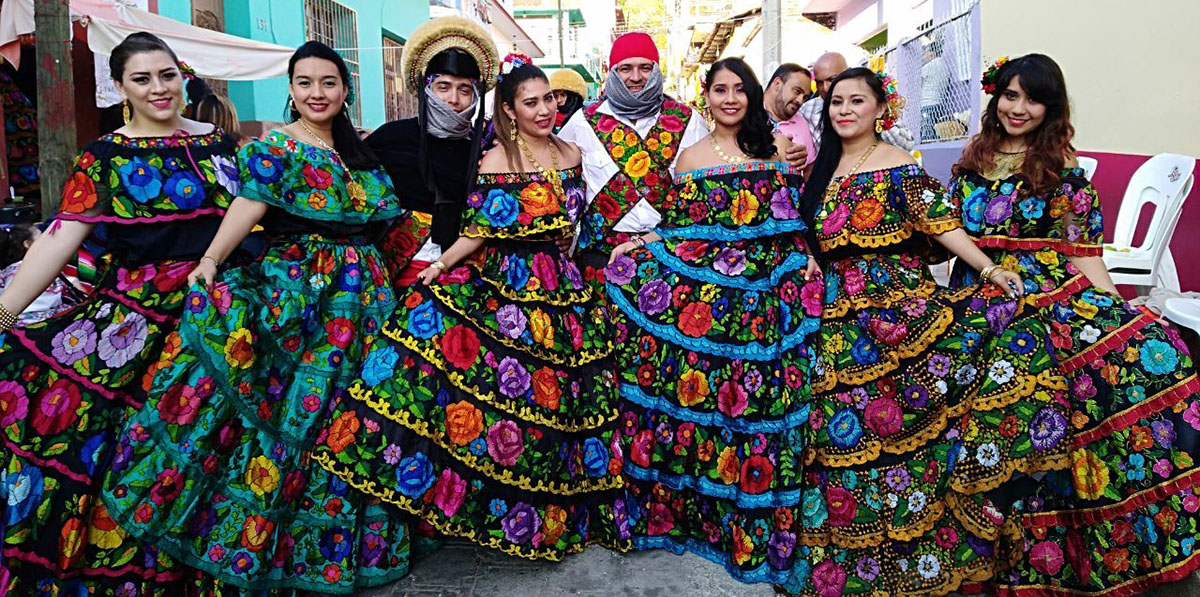
Mexico is a multicultural country with centuries-old traditions. One of its most beautiful regions is Chiapas, southwest of the nation. It has half of its rural population and is the leading national producer of coffee and bananas. The Olmecs, the Mayans and the Chiapas culture were here, so their culture is wonderful.
And as we always say, the typical costumes tell us precisely about that culture, its history, its customs, traditions, dances, languages ... Today, then, in Actualidad Viajas, the typical costume of Chiapas.
Chiapas

It is one of the states that make up Mexico and its capital is the city of Tuxla Gutierrez. In colonial times he was part of the Captaincy General of Guatemala and maintained ties with that territory until 1824.
He has not had a quiet life. As a result of the economic neglect and neglect of the central government, a uprising in the 90s of the XNUMXth century, from the hand of Zapatista Army of National Liberation. Unfortunately, the basic issues that produced that conflict then are far from being resolved, even today.
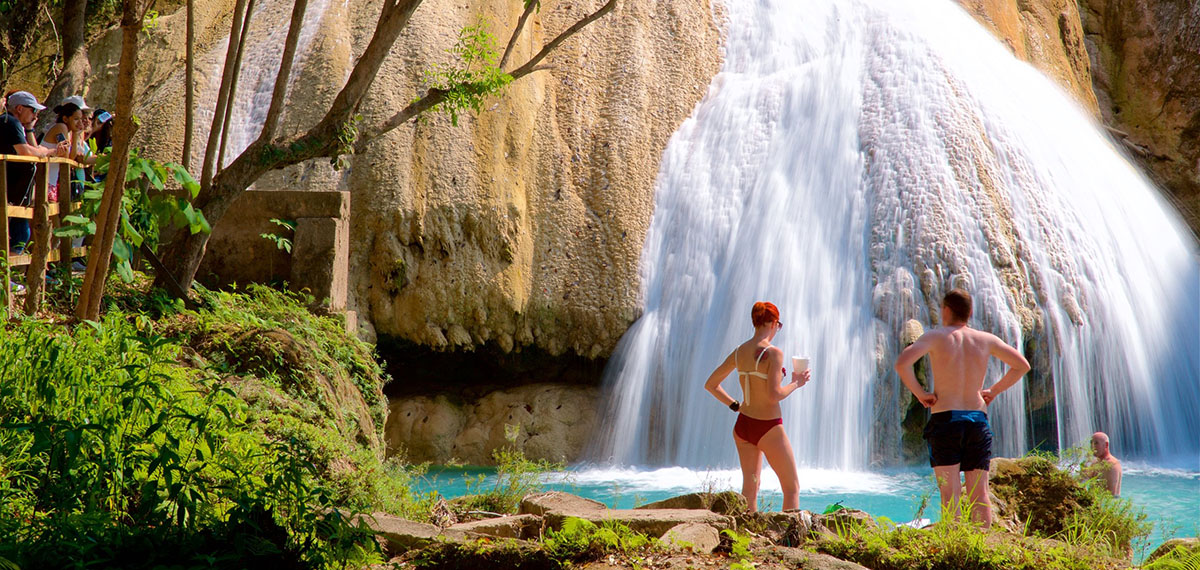
In Chiapas is one of the most important archaeological sites in Mexico, Palenque, World Heritage of Humanity. Mountains also abound and thus, it has a great biological and climatic diversity that dyes its landscapes in the most beautiful colors. And yes, those colors seem to me to show up very well in his typical costume.
Chiapas typical costume
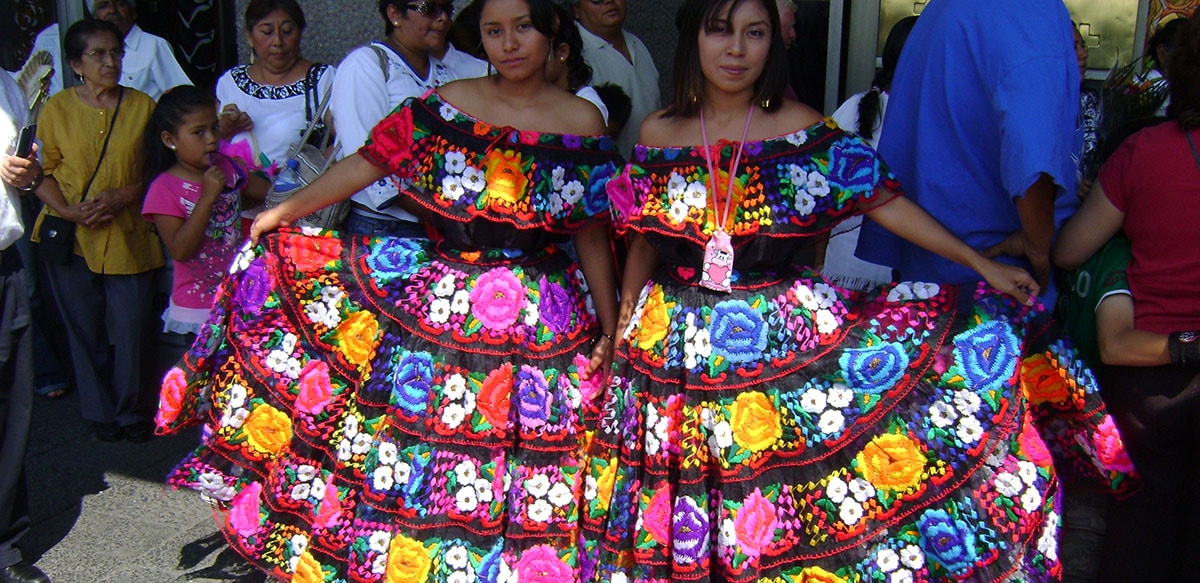
As it usually happens when a region is so old and culturally rich there is not a single typical costume but several, but still it is possible to identify the most famous and popular: the Chiapa de Corzo known by the name of «Chiapaneca». Chiapa de Corzo is a small city, founded by the Spanish in 1528 on pre-Hispanic settlements. It is on the banks of the Rio Grande de Chiapa, just 15 kilometers from the state capital.
Many parties take place here throughout the year although the first of all starts with the year as it takes place in January with the so-called big fair. Then come the San Miguel Fair, the San Sebastián Fair, the Virgin of Guadalupe, the Santo Domingo Fair, the Marimba Festival, the Topada de la Flor, the Señor del Calvario, the day of Corpus Christi ...
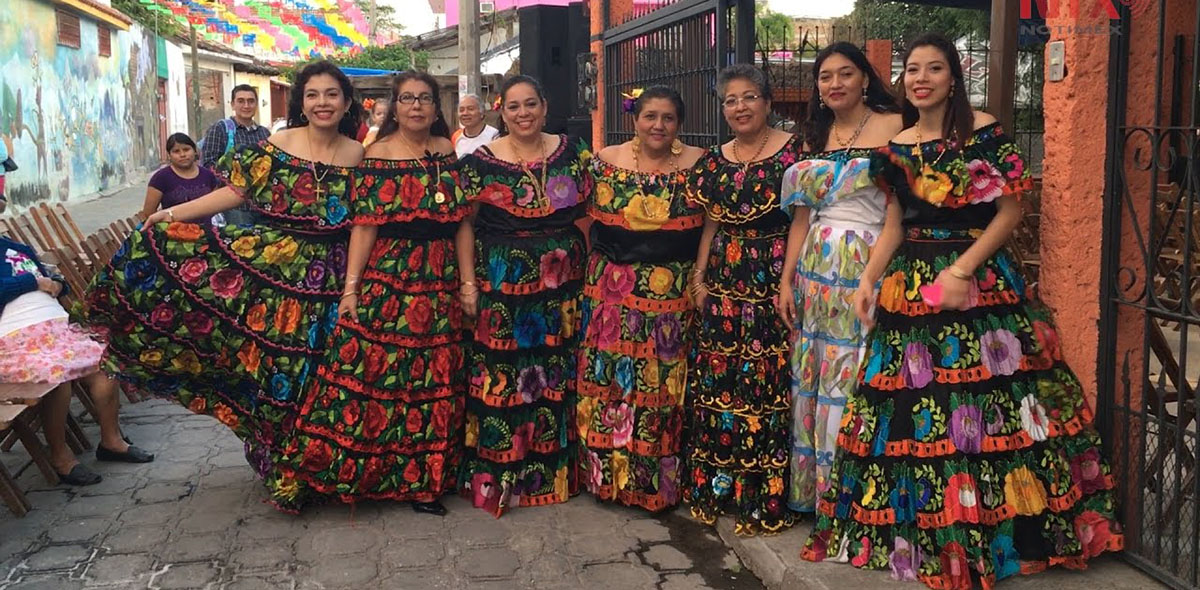
The Chiapas woman dresses with joy: she wears a very loose skirt that reaches to the ankles and a fitted blouse that marks her breasts. Both pieces are made with black satin, a fabric that has movement and softness and that ultimately gives the entire garment a fluid movement. In addition, it is the perfect background for the colors that are added by the hand of the veils.
The colorful veils They are made with transparent tulle, in turn embroidered with flowers of many colors and large sizes, both in the blouse and in the skirt, generating a kind of multicolored tapestry. And the men?
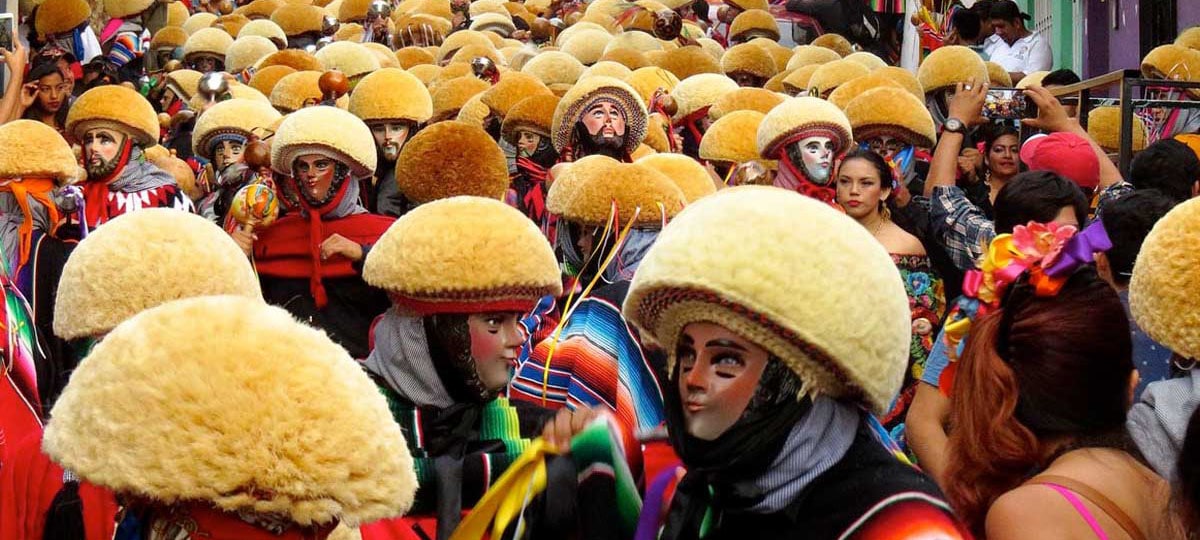
The men of Chiapas wear a suit called «parachico», consisting of black pants and a shirt of the same color. They wear a red sash at the waist and a knotted handkerchief around the neck. Added to the latter is a serape also of many colors.
It seems that the origin of the typical costume of Chiapas has to do with the short distance between Chiapa de Corzo and the capital city of the state, Tuxla Guiteriierez. In the city, the patron saint festivities have always taken place, so the clothes used in them have spread throughout the country and hence this costume has been interpreted as typical of Chiapas.
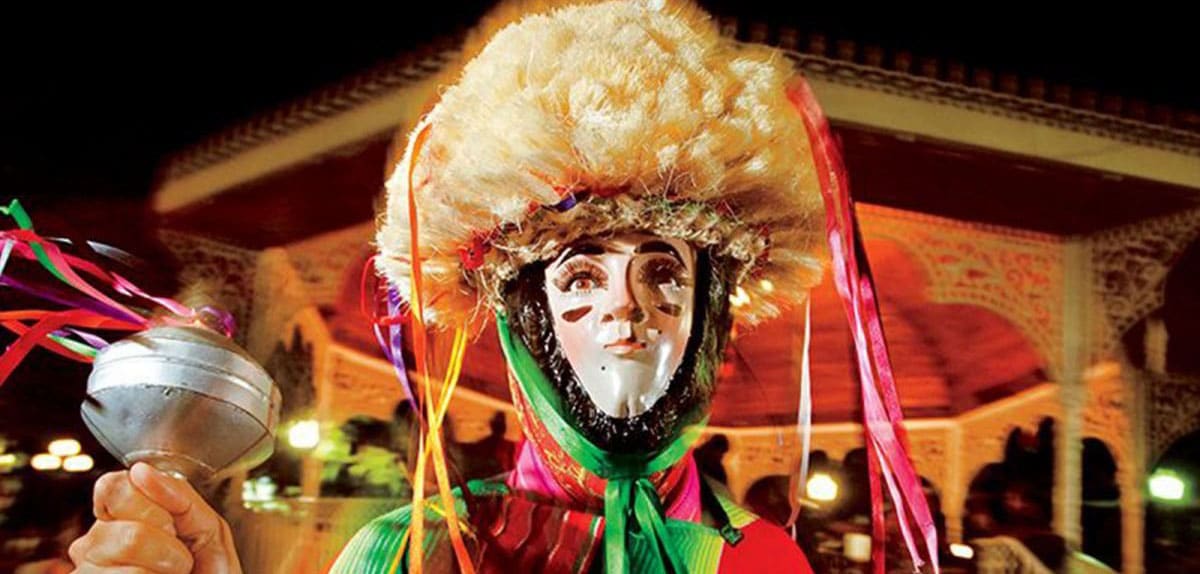
It is precisely during religious festivals that, as we saw much simpler than that of the woman, the men's costume is added with colored embroidery on the legs, a round hat made with fiber of ixtle, a cap, a wooden mask and a chinchín, a reed rattle also adorned with many colored ribbons. On these occasions, women have a hand-lacquered gourd called jicalpextle.
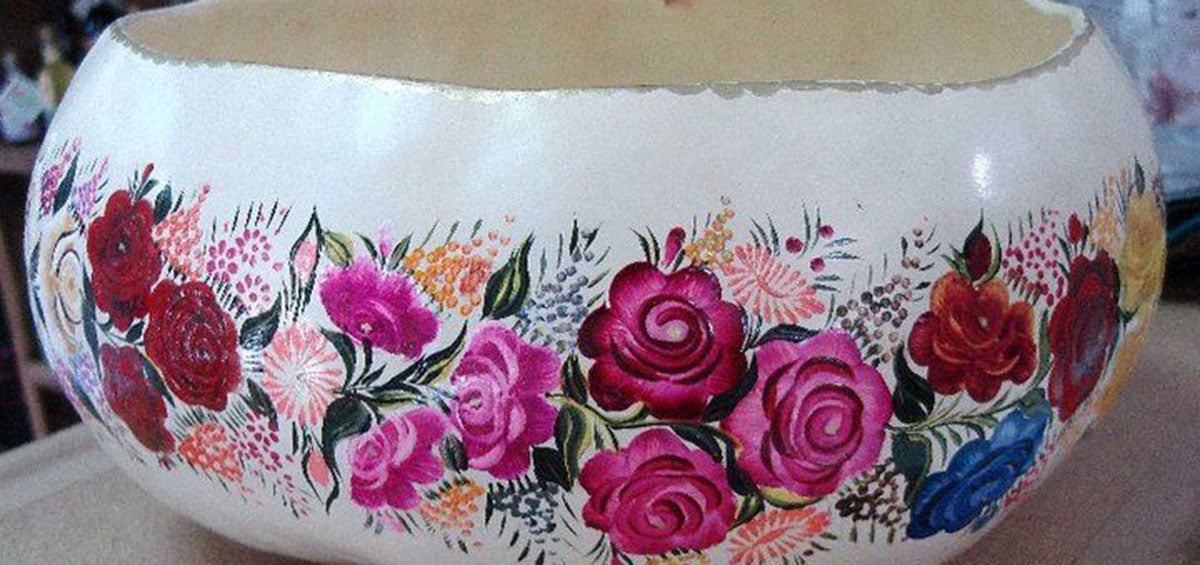
Lacquer by hand is one of the most appreciated local crafts It has pre-Hispanic origins, although it also has European influence. The native peoples used the bark of the fruits as domestic or religious utensils and some of them were painted with a technique called maque or lacquer. With contact with the Spanish, this technique had some variations and thus, already in the XNUMXth century, this decoration technique ended up being the union between two cultures.
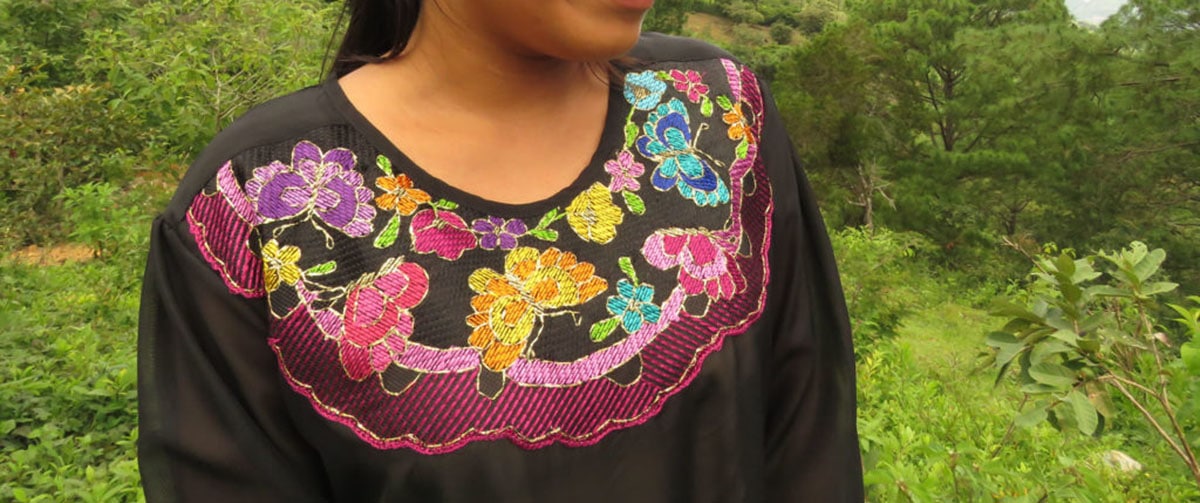
The embroidery of the typical Chiapas costume is also a regional handicraft. It is handmade with silk threads and over time has leapt from dresses and blouses to other pieces of fabric such as scarves, tablecloths, blankets, rugs, and so on. In the case of the regional costume, the tulle is cut, which is the fabric where it is embroidered, the drawing is designed, the tulle is tacked to the sample that was designed and the hard work begins, drawing by drawing, flower by flower, ball by ball until finished with the leaves and seeds.
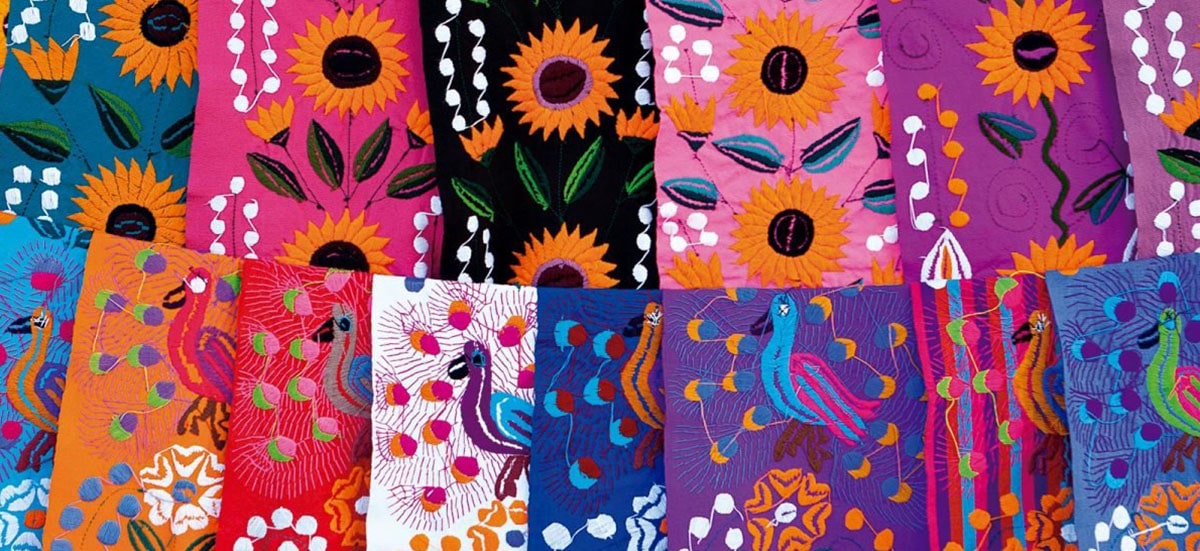
What meaning does the typical costume of Chiapas have? In the case of women as a whole, the costume is so colorful and cheerful and alive that it is said to represent on the one hand to all the ethnic groups that live in the territorio (among others the Tojolobales, the Lacandones, the Tzeltales), and on the other to the great botanical diversity that give all the ecosystems that the state has. For its part, the man's suit refers to the rain and sun, fundamental elements for the fertility of the earth, and also they remember the white conquerors, with the blond headdress they wear on their heads.
Legend has it that the Chiapas regional costume was created at the beginning of the 20th century, in the XNUMXs, by the hand of a Central American theater company that came on tour. The singer, in front of a large audience, sang a song that she baptized The Chiapanecas, in honor of the public. From then on the costume developed and gained popularity at parties and fairs, being worn by women and girls.
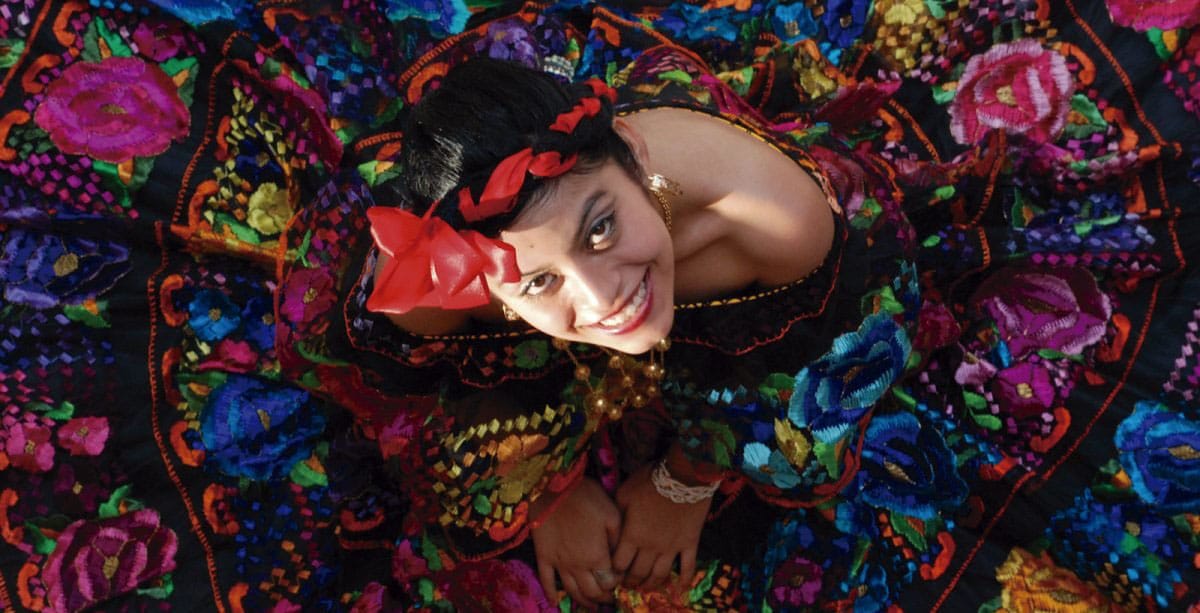
If you plan to visit Mexico you can see the typical costume of Chiapas live and direct attending the Fiesta Grande de Chiapa de Corzo that takes place every year between January 8 and 23. In this festival the men and women dance in honor of the Lord of the Esquipulas, San Antonio Abad and San Sebastián Mártir, the last patron saint of the Parachicos (the men).
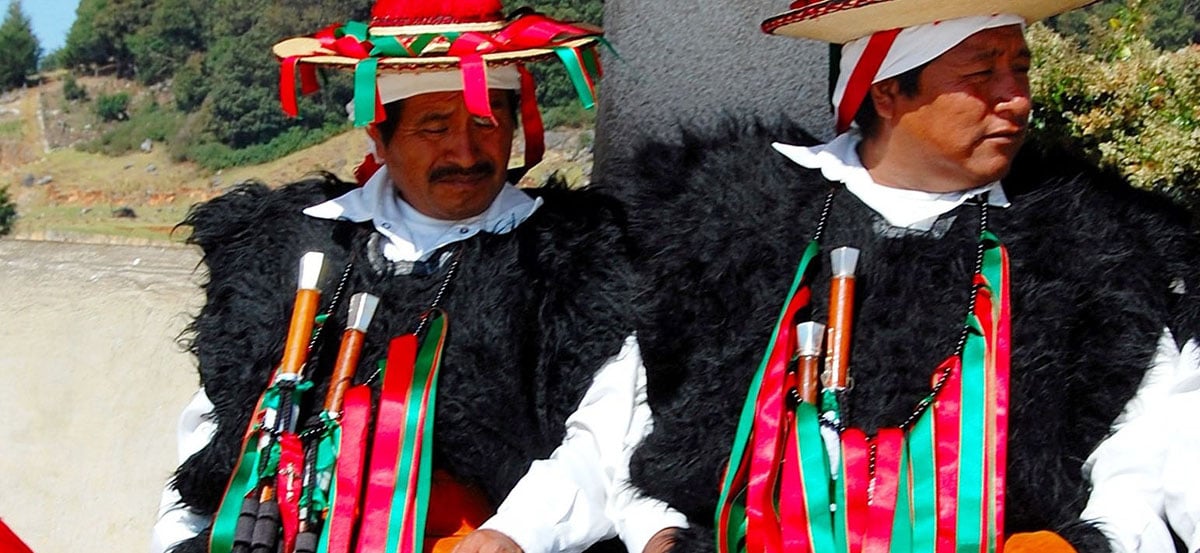
We said at the beginning that there is not a single typical costume of Chiapas and it is so. To the most popular that we have just reviewed is added the typical clothing of San Juan Chamula worn by men: trousers and a blanket shirt with a white or black wool poncho over a shirt that is tied with a red sash. On their heads they wear a straw hat with many colored ribbons hanging from the edge and in their hands a leather bag decorated in the same way.
For their part, the women wear a long wool skirt, sometimes tight, sometimes not, with white embroidery, colorful huipiles and a blouse that is usually also colored, blue, white, green or gold, embroidered on the front. There are also the typical costumes of San Andrés Larráinzar and the costume of Venustiano Carranza, with embroidered images that can take months to make.